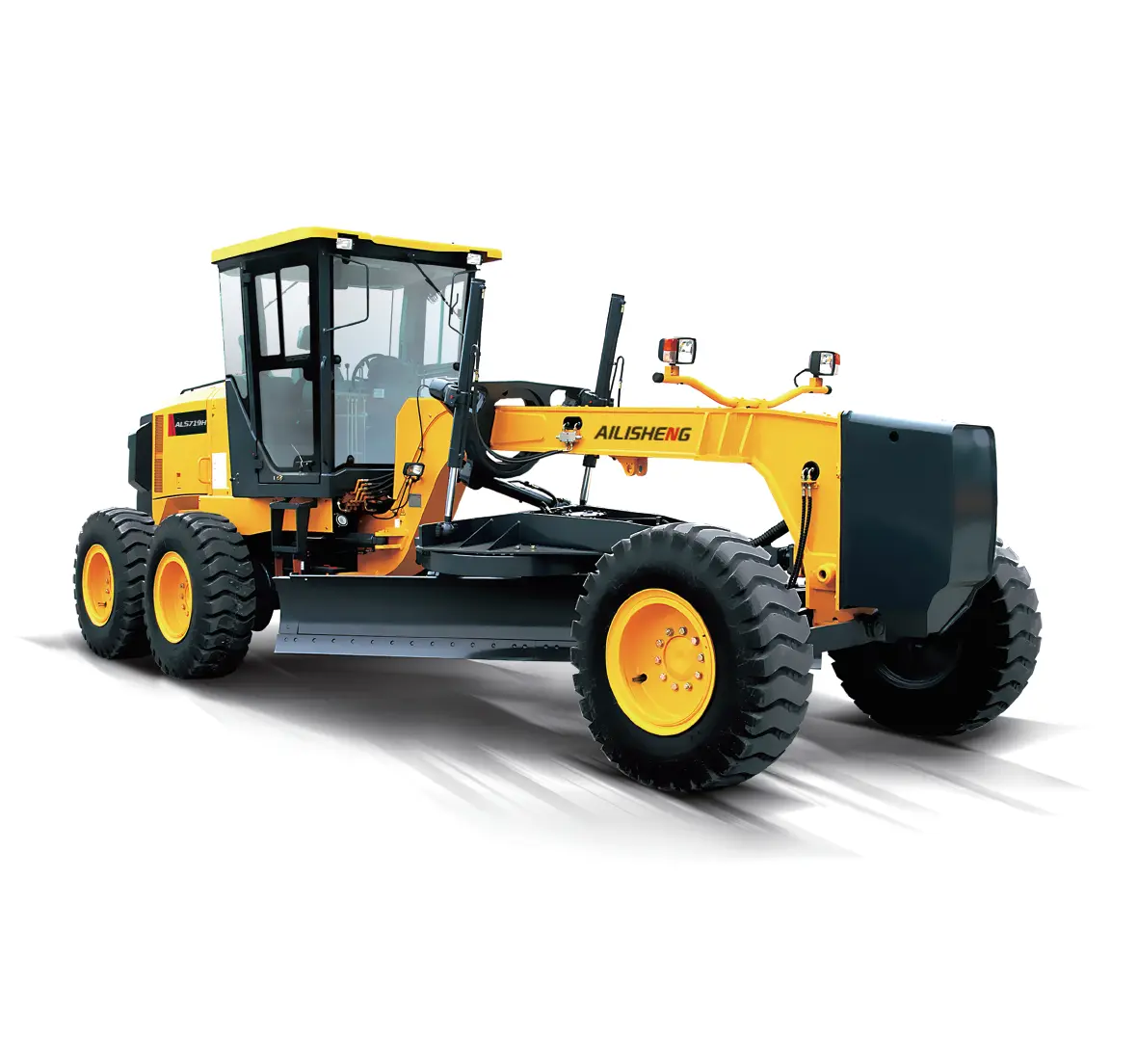What Is a Wheel Loader? Uses, Attachments and More
Are you familiar with the mighty wheel loader? If not, you may be missing out on one of the most versatile and powerful machines in the construction and agriculture industries. Used for a wide range of applications, from loading materials to clearing debris, wheel loaders are a staple on job sites around the world. But what exactly is a wheel loader, and what can it do? In this article, we'll delve into the uses, attachments, and more of this essential piece of equipment.
What Is a Wheel Loader?

A wheel loader, also known as a front-end loader, is a heavy equipment machine typically used in construction and earthmoving applications. Featuring a front-mounted bucket and a set of wide, sturdy tires, wheel loaders are designed to scoop up, transport, and load a variety of materials, including soil, gravel, sand, and more. The versatility of wheel loaders makes them a valuable asset on virtually any job site, from residential construction projects to large-scale industrial endeavors.
With the ability to navigate rough terrain and maneuver in tight spaces, wheel loaders are well-suited for a wide range of tasks. They are often equipped with powerful engines and hydraulic systems, allowing them to tackle heavy lifting and material handling with ease. In addition to their primary use as material handlers, wheel loaders can also be fitted with a variety of attachments to expand their capabilities even further.
Uses of a Wheel Loader
The uses of a wheel loader are diverse and multifaceted, making it an indispensable tool in the construction, agriculture, and landscaping industries. One of the most common applications of a wheel loader is loading and transporting loose materials, such as gravel, dirt, and sand. Whether at a construction site, quarry, or landscaping project, the ability to quickly and efficiently move materials from one place to another is a key advantage of using a wheel loader.
In addition to material handling, wheel loaders are also employed in tasks such as digging, excavation, and backfilling. Their powerful hydraulic systems and sturdy buckets make them well-suited for breaking ground and moving earth. This makes them an essential piece of equipment for preparing building sites, laying foundations, and shaping the landscape in various applications.
Moreover, wheel loaders can also be used for snow removal and clearing debris. With the addition of specialized attachments such as snow plows, snow blowers, and brooms, wheel loaders become indispensable during the winter months for keeping roads, parking lots, and other surfaces clear of snow and ice. They can also be used to clear away debris and other obstacles from job sites, making them essential for maintaining a safe and organized work environment.
Whether it's hauling, lifting, pushing, or digging, the versatility of wheel loaders makes them invaluable in a wide range of industries and applications. Their ability to perform multiple tasks with efficiency and power makes them an essential part of any heavy equipment fleet.
Attachments for Wheel Loaders
One of the key features that sets wheel loaders apart from other types of heavy equipment is their adaptability to various attachments. With the ability to swap out buckets, forks, and other tools, wheel loaders can be customized to perform a wide range of specialized tasks, making them even more versatile and valuable on the job site.
One common attachment for wheel loaders is the pallet fork, which allows them to transport palletized materials such as bags of concrete, lumber, or other construction supplies. The ability to lift and move heavy pallets makes wheel loaders indispensable in material handling applications, such as loading and unloading trucks and organizing materials on job sites.
Another popular attachment for wheel loaders is the grapple bucket, which is designed for handling loose materials such as brush, branches, and other debris. With its powerful hydraulic system and sturdy construction, the grapple bucket enables wheel loaders to tackle challenging tasks such as land clearing, site cleanup, and vegetation management with ease.
Other attachments for wheel loaders include snow plows, rock buckets, rakes, and hydraulic breakers, each designed to extend the capabilities of the machine in specific applications. By utilizing different attachments, wheel loaders can adapt to a wide range of tasks, from land clearing and material handling to snow removal and demolition, making them an indispensable piece of equipment in various industries.
Maintenance and Safety Considerations
As with any heavy equipment, proper maintenance and safety considerations are crucial for the efficient and safe operation of wheel loaders. Regular inspections, routine maintenance, and timely repairs are essential to keeping wheel loaders in top working condition and preventing costly downtime. This includes checking fluid levels, inspecting hydraulic hoses, and ensuring that all safety features are in proper working order.
Additionally, operators of wheel loaders should receive comprehensive training on the safe and proper operation of the machine. This includes understanding how to use attachments, load materials safely, and navigate challenging terrain. Adhering to proper safety protocols and guidelines is essential for preventing accidents and ensuring the well-being of operators and other personnel on the job site.
In conclusion, wheel loaders are essential heavy equipment machines with a wide range of uses and applications. Their versatility, power, and adaptability make them indispensable in construction, agriculture, and landscaping industries. With the ability to handle materials, clear debris, and perform a variety of specialized tasks, wheel loaders are an essential piece of equipment in virtually any job site. By understanding their uses, attachments, and maintenance considerations, operators and industry professionals can maximize the potential of wheel loaders and ensure their safe and efficient operation.
